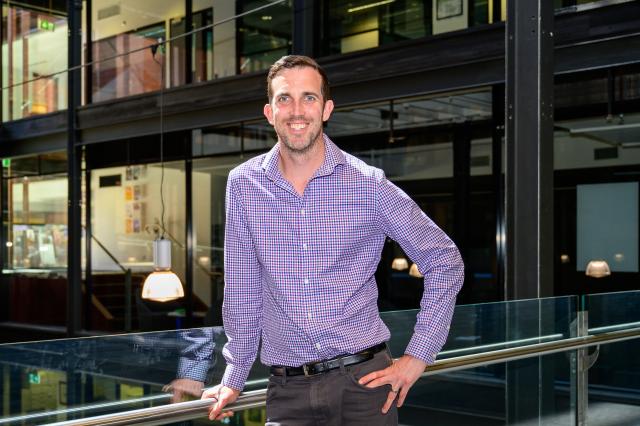Geelong saw the highest employment growth of all large Australian regional cities in 2022, according to new data released this week.
An extra 12,100 jobs were created in Greater Geelong throughout 2022, taking the total number of jobs to 135,562 at a growth rate of 9.8 per cent – more than double the state average (3.8 per cent) and triple the national figure (3.2 per cent).
And while regional Victoria is outstripping other states with a jobs growth rate of 5.3 per cent, without Geelong figures included that number falls to 4.4 per cent – less than half that of Victoria’s second biggest city.
Geelong’s three biggest industries added the most jobs, with healthcare and social assistance adding 3931 jobs, construction 1603 and professional, scientific and technical services adding 1423.
The highest employment growth rate areas were rental, hiring and real estate (+38.8%), information media and telecommunications (+37%) and agriculture, forestry and fishing (+35.9%).
Geelong’s gross regional product (GRP) also showed the impressive growth over the same period, increasing from $15.9 billion to $17.58 billion at a rate of 10.3 per cent – the second fastest rate in the country only behind the mining area of Karratha, according to the City of Greater Geelong.
Mayor Trent Sullivan said the city’s strong jobs market was continuing to draw more people to the region.
“The diversification of our local economy, significant private and public investment, a growing number of major organisations calling Geelong home and population growth have increased the type and amount of employment opportunities available,” he said.
“More people are realising that not only does Greater Geelong have an enviable lifestyle and stunning natural environment, but there are competitive employment options in a range of fields.”
Committee for Geelong chief executive Michael Johnston welcomed confirmation Geelong was booming but said growth came with its own challenges, particularly around housing and transport.
“We are already seeing a shortage in housing and a desperate need for investment in transport infrastructure,” he said.
“Without action, Geelong’s comparative advantage will disappear. We need to reimagine how we move around Geelong, and public and active transport must be at the centre of this.”







